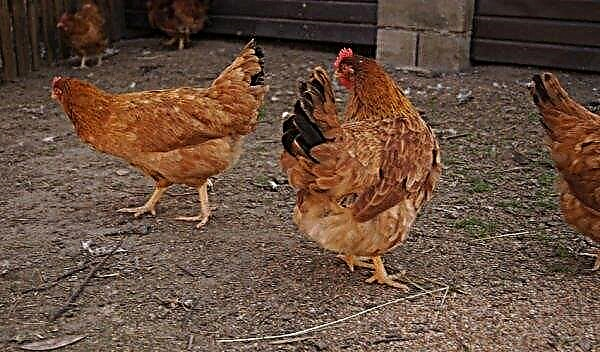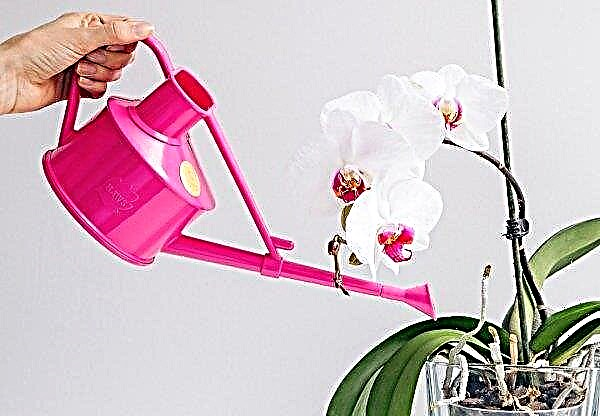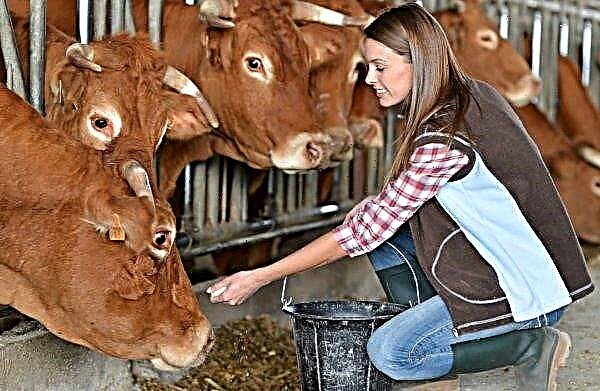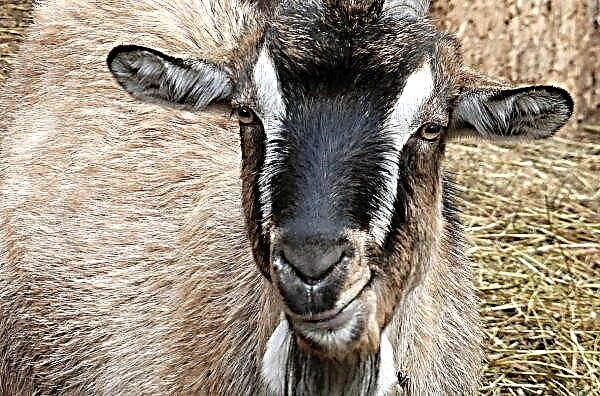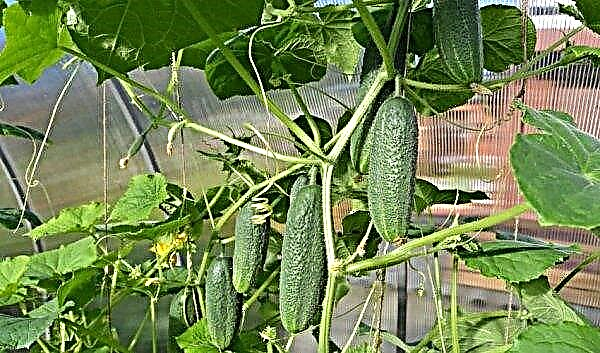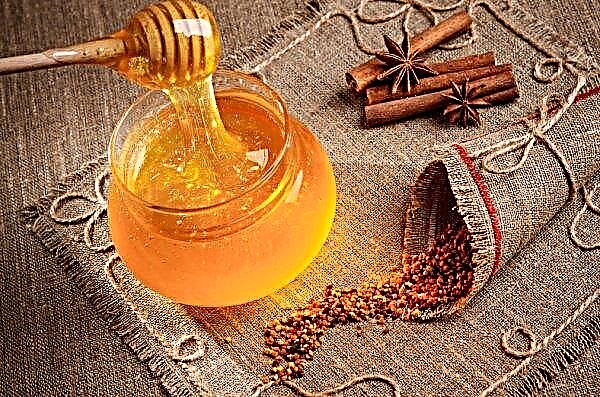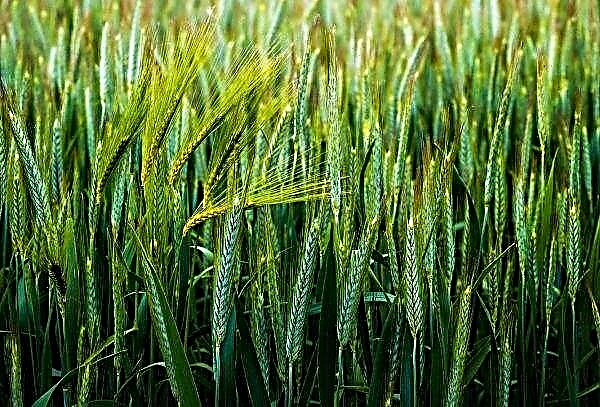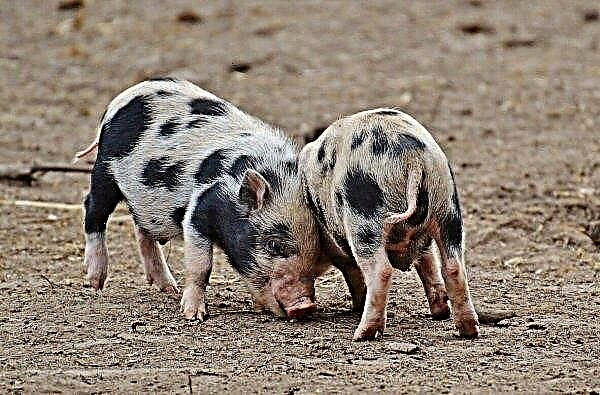A hive designed to protect the bee colony from winter cold, summer heat, moisture and external enemies is required to stably maintain optimal air exchange inside the bee house. All these criteria are met by a bee house made with plywood and polystyrene foam. About its types and features, as well as the possibility of building a hive at home, read the article.
Hive characteristic
Similar to the general design of any residential building, the house for the bee family also consists of walls, roof and floor, but made in minimized sizes. The walls in the hive turn into walls, the roof into a cover, the floor into a bottom or bottom, which can be removable, and instead of a window with a window sill, a notch with an entrance bar is made, which, unlike the window sill, is placed not inside, but outside the house. There are various types of hives that differ in their design features. In addition, houses for bees vary in the type of materials from which they are made. Recently, hives made from plywood and polystyrene have become very popular.
There are various types of hives that differ in their design features. In addition, houses for bees vary in the type of materials from which they are made. Recently, hives made from plywood and polystyrene have become very popular.
Did you know? A medium-sized hive can house a bee family with up to 120,000 members. During the summer that is favorable for the collection of nectar, such a family is able to produce over a centner of honey.
Varieties of plywood beehive
The variety of operating conditions, the size and quantity of bee colonies available in the apiary, the preferences of beekeepers in the convenience of servicing beehives determine the presence of different types of plywood beehives, presented:
- plank beds with foam;
- double-walled;
- multicase.
Lounger made of plywood
This view looks like an elongated chest with a hinged lid, in which the nest is in a horizontal position. Traditionally, deck chairs were made of wood. Sun beds made of plywood and polystyrene are the modern line of this popular type of houses for bees. At the same time, the traditional dimensions of the bee house are preserved, which are 0.81 m long, 0.45 m wide and 0.335 m high to the underwing. The plywood for sun loungers should be thick and made of high-quality wood.
Double Wall Hives
The indicated variety of bee dwellings is intended primarily for regions with a cold climate and harsh winters. The presence of two walls, the first of which, the outer one, is usually 10 mm in thickness, and the inner one is 4 mm, allows you to keep heat in the house even in extreme cold.
Did you know? To get 1 kg of honey, bees have to visit 19 million flowers.
Multi-case version
This species is best suited for keeping a large number of bees. It has a long shelf life and ease of use, because it is easy to disassemble and just as easy to repair. Today, multihull hives are often made from polystyrene foam, plastic or polystyrene. But hives of this species are quite popular, for the construction of which plywood is used, whose thickness is at least 18 mm. Usually for a multi-case this plywood is installed as an internal base insulated with polystyrene foam. Outside, the hive is sheathed with thin plywood or fiberboard.
Advantages and disadvantages of a plywood and styrofoam hive
The advantages of a plywood-foam bee house are determined by the thoroughness of the assembly of the structure and the quality of the materials used. The benefits of quality plywood automatically translate into the positive conditions of the hive.
- At the same time, they primarily note:
- high performance and durability of plywood-foam construction;
- optimal conditions for the existence of insects associated with good breathability of plywood, ensuring proper gas exchange in the bee house;
- lack of humidity harmful to bees;
- the possibility of easy transportation of beehives due to the low weight of plywood-foam bee dwellings;
- low manufacturing cost;
- availability of material on sale;
- lighter conditions for the manufacture of a removable bottom;
- ease of replacement of individual parts of the structure if necessary.
The great popularity and wide distribution of the hives under consideration indicate that they have no serious flaws, which clearly gives an answer to the question of whether it is worth building them from plywood and polystyrene. Separate problems to be solved include the need in regions with a humid climate for additional moisture-resistant treatment of the outer layer of plywood. They also resort to making bee houses from laminated plywood. In combination with polystyrene foam, which has low breathability, this noticeably inhibits the intensity of air exchange in the hive.
Important! To obtain a quality hive, it is advisable to use polished plywood from coniferous woods.
How to make a do-it-yourself hive from plywood and foam
For any beginner who has the skill to handle the simplest tools, making a plywood-foam house for bees will not be difficult.
Necessary tools and materials
To assemble the necessary design, you will need to use tools and materials in the form of:
- 3 pcs. waterproof plywood sheets with a thickness of 4 to 10 mm and a width of each side of 1500 mm;
- 3 pcs. foam blocks up to 50 mm thick and 1000 mm wide;
- waterproof PVA glue;
- wooden blocks;
- screws or nails;
- screwdrivers;
- a hammer;
- hacksaws;
- measuring tape;
- a pencil;
- gon.
Selection of drawings and sizes
On the Internet there is a very large selection of drawings of various designs of beehives from various materials. There you can find a lightweight eight-frame version, useful for beginners, as well as the Dadanov hive. But you can make a drawing yourself, based on the desired type of house and the required dimensions. The most popular and at the same time easy to manufacture is a sunbed. It is best for beginner beekeepers to start by making a double-hull bee house, which contains a dozen honeycomb frames.
The most popular and at the same time easy to manufacture is a sunbed. It is best for beginner beekeepers to start by making a double-hull bee house, which contains a dozen honeycomb frames.
Typically, a frame plywood hive, insulated with foam, consists of:
- the box, which is formed by the lateral, front and rear nesting walls, as well as wooden arrivals;
- roofs;
- bottom that can be removable;
- notch with a valve;
- a store manufactured if necessary to increase the interior space;
- honeycomb frames.
When building this type, it is necessary to proceed from the following sizes:
- 12 pcs honeycomb frames with sides 435 × 310 mm;
- lateral, front and rear nesting walls - 450 × 306 mm. Their identical sizes allow you to prepare a template for their markup;
- 15 mm bore hole with fixed bottom;
- a removable bottom requires a rectangular hole for a tap hole with dimensions of 250 × 5 mm;
- foam blocks 50 mm thick.
Important! In the manufacture of honeycomb frames, pine or birch wood should not be used: the first is replete with resin undesirable for the vicinity of honey, and the second does not have the necessary strength. The best sotoramki obtained from linden.
Assembly of the case from plywood and polystyrene
When all the structural elements of the bee dwelling are prepared, its assembly begins, which proceeds in the following sequence:
- Plywood elements are fastened together. In this case, 2 body elements are formed - external and internal, designed for equipment jacks. Between the outer and inner walls below are wooden blocks to which plywood is glued.
- The front and rear inner walls are provided with recesses for the honeycomb frames.
- Foam elements are inserted into the spaces between the plywood walls.
- Then the bottom is made, which consists of several layers in the form of roofing material, plywood, polystyrene and another, inner, plywood layer. The bottom is fastened to the walls with screws or nails.
- The resulting panels are fastened with screws.
- A hole for the tap hole is made in the front panel. The summer itself consists of a sidewall, a gate valve and an arrival board. All this is glued from the outside to the front wall of the housing.
- A cover made of plywood is insulated with foam from the bottom, and on the outside it is covered with roofing material or thin sheet iron.
Video: how to make a do-it-yourself hive from plywood and foam
Final work
To maximize the operational life of the bee dwelling, its surfaces are coated with paint or water-repellent agents from the outside. After the glue and paint have dried, honeycombs, which consist of a rectangular wooden frame, are inserted into the bee house and the bee family is launched there.
Beekeeper Tips
Experienced beekeepers give such recommendations to beginners who undertook to build a hive on their own:
- The roof is mounted last, when the whole structure is already assembled.
- A flat roof of a bee house is preferable - it makes its movement over long distances more convenient.
- The heat inside the bee housing is a decisive factor determining the health of the bee family and its productivity.
- The bottom in the bee dwelling can be non-removable, however, the removable option significantly facilitates the care of the bees.
- The nomadic net used to transport the hive over long distances can serve as a feeder for the bee family.
In addition to high performance, the plywood and foam hive is easy to manufacture, accessible to any novice beekeeper with minimal skills in simple tools.

